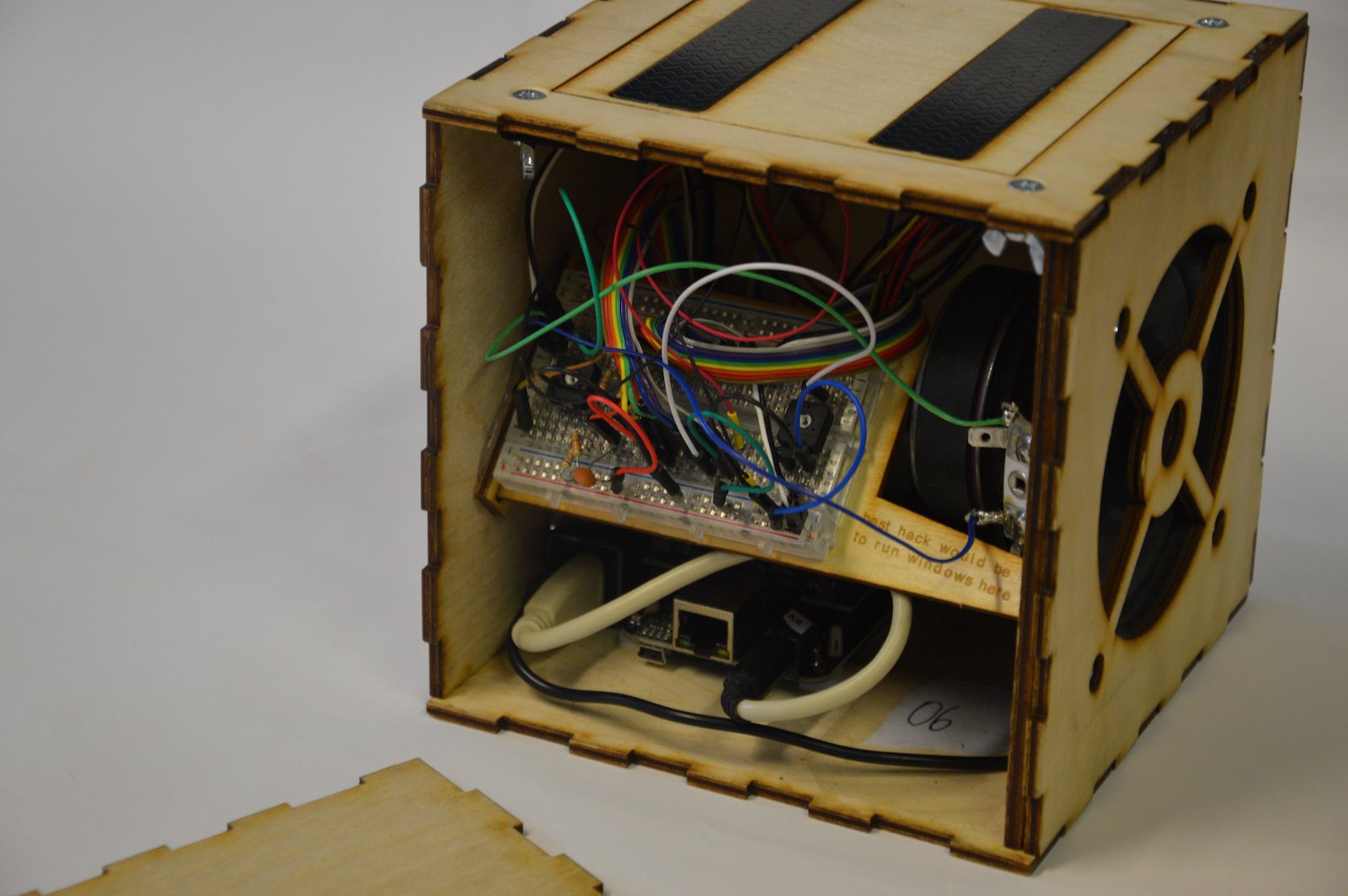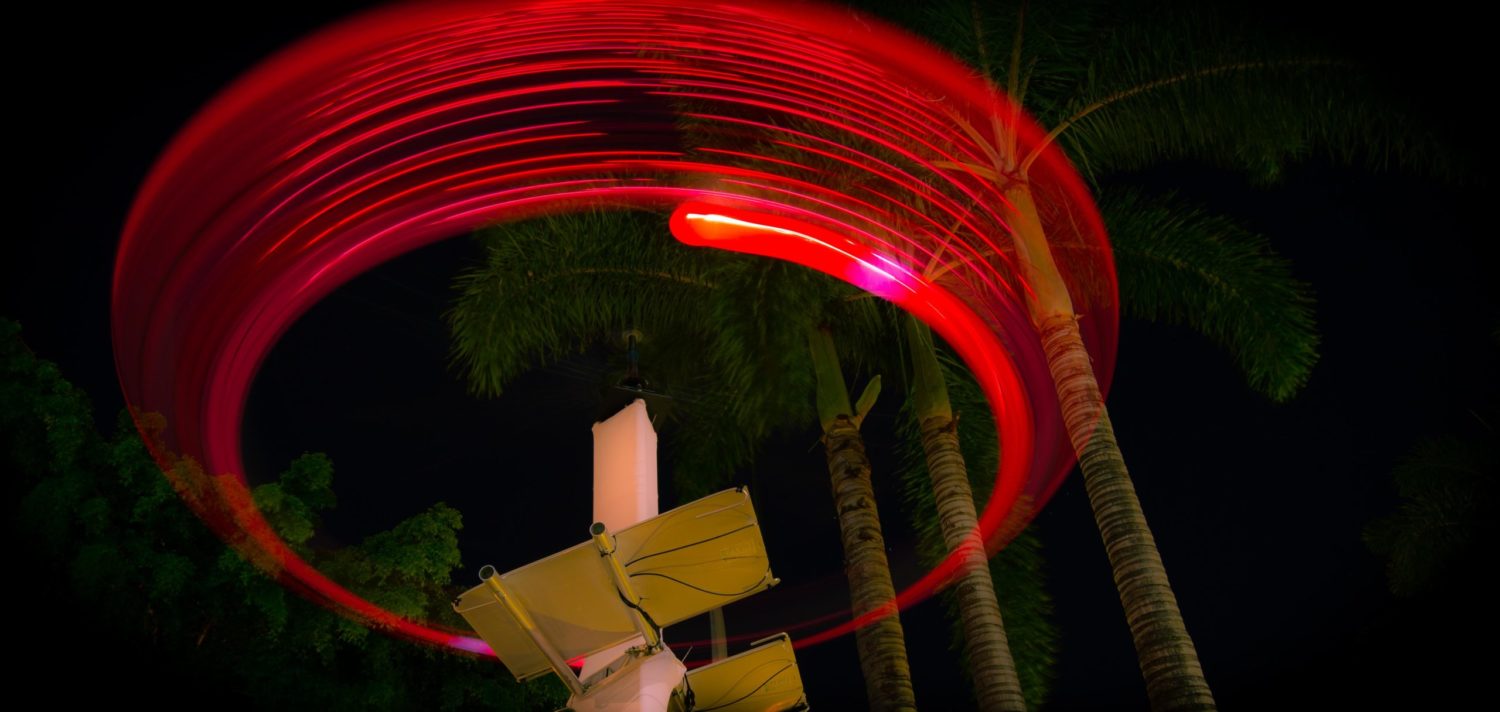New Interfaces for Musical Expression 2020
For cutting-edge music research
This year Bela will be sponsoring the International Conference on New Interfaces for Musical Expression (NIME), an annual gathering of researchers, instrument builders, technologists and musicians.

A NIME primer
NIME (New Interfaces for Musical Expression) was founded in 2001 and is the biggest international meeting of people interested in pushing the boundaries of instrument design. Held annually, NIME brings together research spanning across digital signal processing, music theory, cultural studies, human-computer interaction and more, in pursuit of understanding what it means to make music with computers.
NIME is held annually, and takes place over four days. It has three main tracks:
Technical papers
The paper track is where people present technical and theoretical work on musical instrument design, from new sensor technologies and embedded computing platforms to design methodologies and discussions of organology (the science of musical instruments and their classifications) in relation to electronic and digital musical instruments. What’s more, all of the paper proceedings of NIME are released under a creative commons license and so the whole archive of papers are available online for anyone to read through. You can find the archive here: https://www.nime.org/archives/.
Hands-on demonstrations
The heart of the conference each year is the extensive demo sessions where hundreds of strange and innovative instruments are on display and many are available to try out while you speak with the inventor. Alongside the demos there are also a number of installations scattered around the site, both inside and outside. These range from electroacoustic soundscapes to large scale instruments, interactive sounds environments to mechatronic orchestras.
Concerts and installations
This happens during the day and at night to top it all off there is a brilliant series of concerts where world class musicians perform on some of the new instruments which have been presented that year. The concert series has become more and more diverse in the previous few years and contains everything from circuit bending, noise music, contemporary classical, musical robotics, modular synthesisers, performance art, experimental techno, audiovisual works and just about everything in between.
Sign me up!
NIME 2020 is going to be taking place 21-25 July and was due to be hosted at the Royal Birmingham Conservatoire, UK. As will be no surprise, this year the whole conference will be moving online due to the Covid-19 pandemic. This means the format of the event will necessarily be a bit different this year but rest assured that the NIME community will make sure that the conference keeps up its very high standards.
Bela sponsored registration
This year Bela will be sponsoring NIME alongside Cycling 74. We are offering a number of bursaries to cover the registration fee for individuals from underrepresented backgrounds. To apply, simply send a request to Joe Wright (joe.wright(at)bcu.ac.uk) with a brief outline of why you feel you are eligible for a sponsored ticket.
The Pamela Z Award for Innovation
This year we will also be providing the prize for the Pamela Z Award for Innovation which will include Bela and Trill goodies. The Pamela Z award, founded at NIME 2018, recognises researchers promoting and addressing diversity within the NIME community.
Bela at NIME
To finish things off here’s a selection of five instruments which have been presented at NIME or the last few years and which have a Bela inside.
Svampolin

The svampolin is a hybrid electro-acoustic violin created by Laurel Pardue and a team of researchers and luthiers at Aalborg University Copenhagen and Queen Mary University of London. The instrument isolates the playing interface of the violin from the actuated resonating body, making it possible to rewrite the relationship between performance action and sound while retaining the general form and feel of the acoustic instrument. Bela is used to process the audio of the string inputs which is then used to actuate a conventional violin body which acts as the resonator.
This work won the best paper award 2019 and you can find the full paper here: Separating sound from source: sonic transformation of the violin through electrodynamic pickups and acoustic actuation.
Stillness under tension
Stillness Under Tension is an ensemble standstill work for Myo gesture control armband and Bela platform by Charles Martin and a group of researchers from the University of Oslo. Humans are incapable of standing completely still due to breathing and other involuntary micromotions. This work explores the expressive space of standing still through an inverse action-sound mapping: less movement leads to more sound.
You can find the whole paper here: Composing an ensemble standstill work for Myo and Bela.
Halldorophone

The halldorophone was first created in around 2005 as an exploration of feedback and how it acts on the resonant body of a string instrument. Since then its creator Halldór Úlfarsson has iterated through various designs, exploring the ergonomics and control-features which are most appropriate for such an instrument and the latest version features a Bela board embedded inside.
This instrument was featured at NIME 2018 and you can read all about it here: The halldorophone: The ongoing innovation of a cello-like drone instrument. You can also find a previous blog post on this instrument here.
One handed bass

This adapted bass guitar by Jacob Harrison partially mechanises the fretting hand and makes it controllable from a foot pedal. This instrument adaptation was created as a potential augmentation of the bass guitar for those with upper-limb disabilities.
You can find the whole paper here which won best poster award 2017: An adapted bass guitar for one-handed playing. You can also find a previous blog post on this instrument here.
The D-Box

The D-Box was where it all began: the first instrument ever made with Bela, and the reason Bela was created in the first place! The D-Box is a hackable digital musical instrument: an instrument designed for the performer to modify and repurpose it in unexpected, possibly idiosyncratic ways. It was developed by Victor Zappi and Andrew McPherson as a study in performer appropriation of music technology.
The dbox was first featured at NIME 2015 and you can read all about it here: Exposing the scaffolding of digital instruments with hardware-software feedback loops.. You can also find a previous blog post on this instrument here.
Feedback Resonating Double Bass

This instrument, created by Thanos Polymeneas Liontiris, is in a similar vein to the Halldorophone but on a larger scale. It’s an augmentation of an acoustic double bass using positive feedback which is passed through Bela for processing.
This instrument was first featured at NIME 2018 and you can read all about it here: Low frequency feedback drones: a non-invasive augmentation of the double bass.




